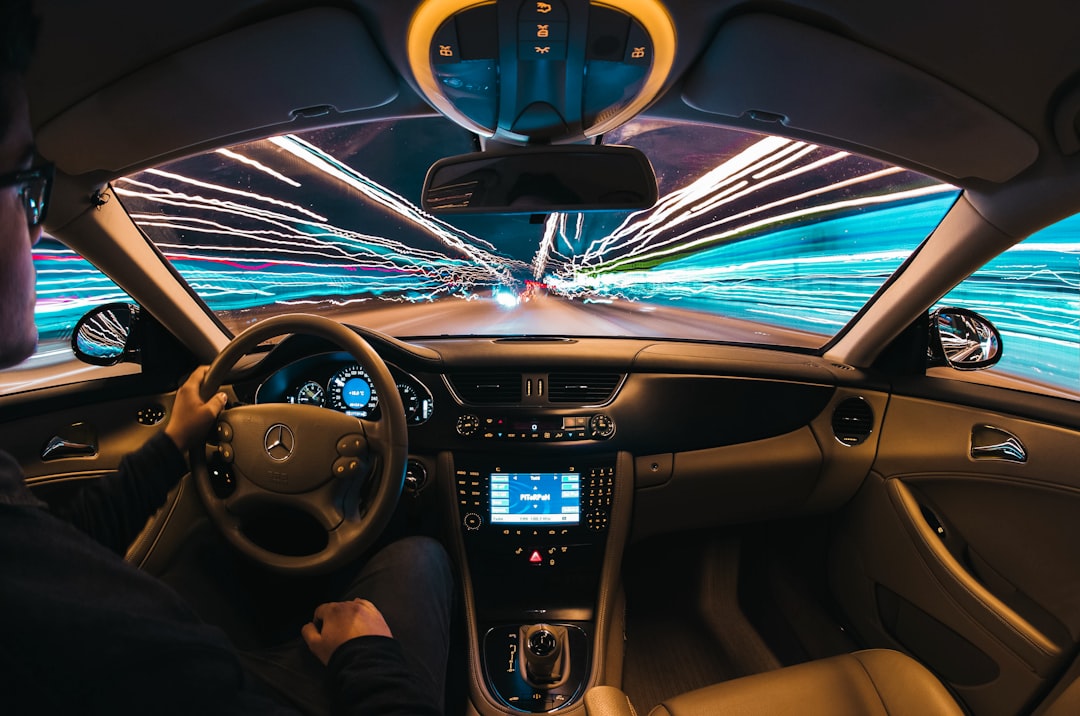Modern vehicles are not just mechanical beasts anymore — they’re digital machines loaded with electronic systems. Whether you’re a car enthusiast, a technician, or a DIYer, you’re likely familiar with the tools used to interface with a car’s onboard computer: code readers and code scanners. While these terms are often used interchangeably, they refer to tools with distinct functions and features. Understanding the difference can help you choose the right tool for your automotive needs.
The key difference lies in the depth and complexity of information these tools can access. Let’s break down what each of them does and when you might want to use one over the other.
What is a Code Reader?
A code reader is a basic diagnostic tool used primarily to read and clear Diagnostic Trouble Codes (DTCs) from a vehicle’s onboard computer. These codes are generated when the car’s sensors detect an issue with the system.
Main Features of a Code Reader:
- Reads generic diagnostic codes: Typically related to the engine and emissions systems.
- Clears codes: Allows you to turn off the “Check Engine” light if the issue is resolved.
- Plug-and-play functionality: Usually connects via the OBD-II port located under the dashboard.
- Simple display: Often a small screen or LED interface to show code numbers.
Example use-case: You notice your check engine light is on. A code reader helps you identify the trouble code (like P0304 for a misfire in cylinder 4), so you can take corrective action or decide if a trip to the mechanic is urgent.

What is a Code Scanner?
Code scanners are advanced diagnostic tools that do everything a code reader does — and a whole lot more. Also called diagnostic scanners or scan tools, they can access not just engine codes, but also transmission, ABS, airbag, and other module information depending on the vehicle.
Main Features of a Code Scanner:
- Reads manufacturer-specific codes: Beyond generic OBD-II codes, it can pull codes unique to your vehicle’s make and model.
- Provides live data: View real-time readings from the engine’s sensors, such as throttle position, fuel trim, or engine RPM.
- Performs component testing: Some scanners allow you to test actuators directly through the tool.
- Service functions: Reset maintenance lights, calibrate sensors, or reprogram control units.
- Graphical display: Advanced interface with easy-to-read graphs and data logs.

Key Differences at a Glance
| Feature | Code Reader | Code Scanner |
|---|---|---|
| Reads Generic DTCs | Yes | Yes |
| Reads Manufacturer-Specific Codes | No | Yes |
| Clears Codes | Yes | Yes |
| Live Sensor Data | No | Yes |
| Advanced Diagnostics | No | Yes |
| Price | Lower | Higher |
Which One Should You Choose?
The decision really depends on your needs and how deep you want to dive into vehicle diagnostics:
- Choose a Code Reader if you’re looking for a cheap and simple way to check engine codes or turn off a warning light. It’s great for basic maintenance and troubleshooting.
- Opt for a Code Scanner if you’re a professional mechanic or an advanced DIYer who wants to monitor live data, reset warning lights, or access detailed module information.
Keep in mind that modern vehicles are increasing in complexity. Investing in a feature-rich code scanner could save time and money in the long run, especially if you plan on maintaining your vehicle yourself.

In conclusion, while both code readers and code scanners help uncover what’s going on under the hood, they serve different audiences. A code reader is like a pocket dictionary—it gives you a basic definition. A code scanner, on the other hand, is like a full-service encyclopedia—it provides context, analysis, and detailed insight.
Understanding the difference can empower you to make smarter, faster, and more cost-effective decisions when faced with mysterious dashboard lights or vehicle trouble.




